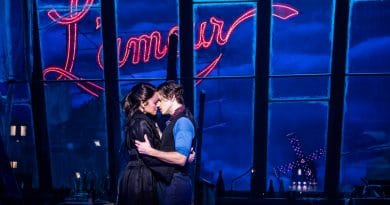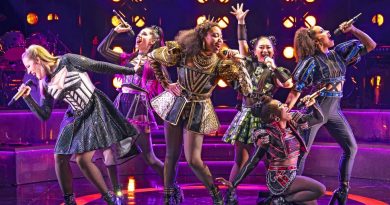Jacob Boehme on his autobiographical Blood On The Dance Floor
Diagnosed with HIV in 1998, Jacob Boehme was lost.
A descendant of the Narangga and Kaurna nations of South Australia, he turned to his ancestors for answers. But no one wanted to speak. With rates of HIV detection among Aboriginal and Torres Strait Islanders being 1.6 times higher than the average population, Jacob decided this was a conversation that needed to happen.
His autobiographical dance piece, Blood On The Dance Floor, explores the need for community, the importance of bloodlines, and what these both mean to us as individuals. His story is one of love, vulnerability, and acceptance in a time where it is needed most. In 2017, the piece won a Green Room Award for Best Independent Theatre Production.
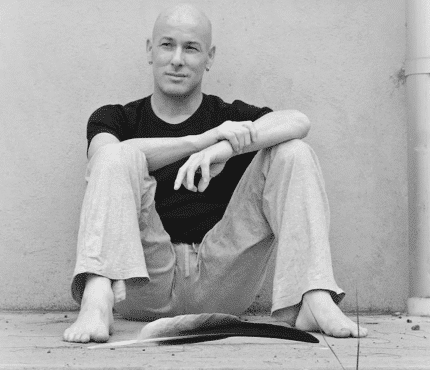
A multi-disciplinary theatre maker and choreographer, Jacob has created works for stage, screen, public events, and festivals. He lead artistic direction of Tanderrum (Melbourne Festival), Boon Wurrung Ngargee (Yalukit Willam Festival), Thuwathu (Cairs Indigenous Arts Fair), and choreographed for the opening ceremonies of Dreamtime at the G, Hamer Hall, FINA World Swimming Championships, and the World Cricket Cup. He is on the Board of Directors for Dance House and Polyglot Theatre, and is a member of the Ministry of Culture Taiwan SEA International Advisory Panel. Jacob was also the recipient of both the 2018 Australia Council for the Arts Aboriginal and Torres Strait Islander Fellowship and the 2018 Green Room Award for Curatorial Contribution to Contemporary and Experimental Arts.
Blood On The Dance Floor is being presented for three nights only – two performances at Arts Centre Melbourne and one at the newly built Bunjil Place. I was fortunate enough to chat to Jacob about his experiences constructing and developing the piece, and just how much it means to him.
What is your background with dance?
I started my dance career training at NAISDA up in Sydney back in the mid-90s. From there, I really started to work for the past 20 odd years in lots of traditional dance groups around the world and Australia. I’ve worked between traditional and contemporary dance in lots of different community and professional settings.
Why did you choose to create Blood On The Dance Floor?
The initial impulse was giving a black fella voice to HIV and AIDS, as well as giving that voice on stage. We’re not represented very much either. There was also the other thing of going “well, here’s another story that’s about living and thriving,” rather than the usual AIDS plague where everyone dies. We live with it now. Our communities have been part of the fight dealing with HIV/AIDS since the 80s.
 Your ancestry is a big part of the piece’s narrative – why did you specifically choose to have a focus on the Indigenous community?
Your ancestry is a big part of the piece’s narrative – why did you specifically choose to have a focus on the Indigenous community?
There were recent statistics released that said there were only about 800 reported cases of HIV in the last calendar year in Australia. And I mean, great! The health messaging amongst gay and bisexual men has worked! But there has been no targeted messaging to Aboriginal/Torres Strait Islanders. In that same research, we were classified as a ‘high risk group.’ Seeing as no one in the ‘HIV industry,’ as I call it, is going to share the financial resources they’ve been getting, maybe we need to start talking amongst ourselves. There have been such repercussions from being colonised and Christianised that the shame around it in our communities is still quite prevalent, and that was one of my main driving reasons for this. It represents us on stage, but the real thing is to try and get the mob talking about it openly. We’ve been putting up with people that have passed away over time from AIDS, and families have insisted it was Cancer. We’ve had suicides because of this. And it’s like… your mob need your love and support. Not shame.
What was your creative process like?
I’m a bit of an older artist [laughs]. So the way we were going to get a brilliant piece of work that everyone could engage with was to bring in some really good collaborators. Because when you’re making autobiographical work, you’re always at risk of naval gazing. What I did was get my old friend and colleague Mariaa Randall (we went to NAISDA together) to come in and work on choreography. It was this thing between text and movement. When I write I generally write for movement, and that’s how I wrote Blood On The Dance Floor. It was supposed to be a score for choreography. What you see danced was actually written.
 How have you found working on an autobiographical piece? Is it hard to continually rehash these hard times in your life?
How have you found working on an autobiographical piece? Is it hard to continually rehash these hard times in your life?
I’m 45 now, and I’ve been positive for going on 25 years. So when I started writing this it was my 15 year anniversary of being positive. To me, that was enough distance to deal with subject matter that was in it. It’s not all heavy. The heavy stuff… I’ve had 15 years of dealing with it. Interestingly, this is where I’m kind of developing a suite of programs to create an HIV positive art collective, because the one thing I found going through this process was that in the 3-4 years we had the development [of the show], each time for a couple of weeks, but those weeks were the most intense psychotherapy I could have ever done for myself. It was catharsis. It was really coming to my own, even though I’ve been living with it for 15 years, going through the process of developing this work based on my journey was the most affirming catharsis that I could have put myself through. And that’s what’s driving me to create more conversations. So that other people can have that same kind of experience.
Why should people come and see Blood On The Dance Floor?
The way we’ve set this piece up is that you don’t have to be queer or positive to be able to understand this story. It’s a solo show, I play a few different characters. It’s switching between dialogue and movement. Basically, it’s all about disclosure. It’s more of a message of bravery and hope.
Ilbijerri Theatre Company’s production of BLOOD ON THE DANCE FLOOR
Arts Centre Melbourne – Tues 20th and Wed 21st August
Bunjil Place – Thurs 22nd August
For tickets and more information, please visit the Arts Centre Melbourne website or the Bunjil Place website.
Please note: adult concepts (sexual and drug reference), coarse language, loud music. Recommended for ages 15+

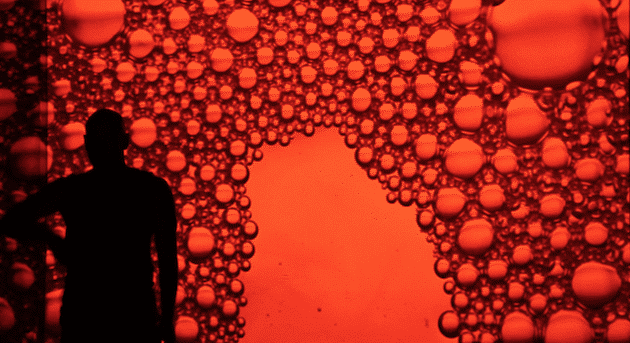
 Your ancestry is a big part of the piece’s narrative – why did you specifically choose to have a focus on the Indigenous community?
Your ancestry is a big part of the piece’s narrative – why did you specifically choose to have a focus on the Indigenous community?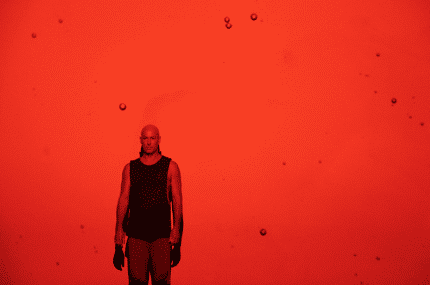 How have you found working on an autobiographical piece? Is it hard to continually rehash these hard times in your life?
How have you found working on an autobiographical piece? Is it hard to continually rehash these hard times in your life?